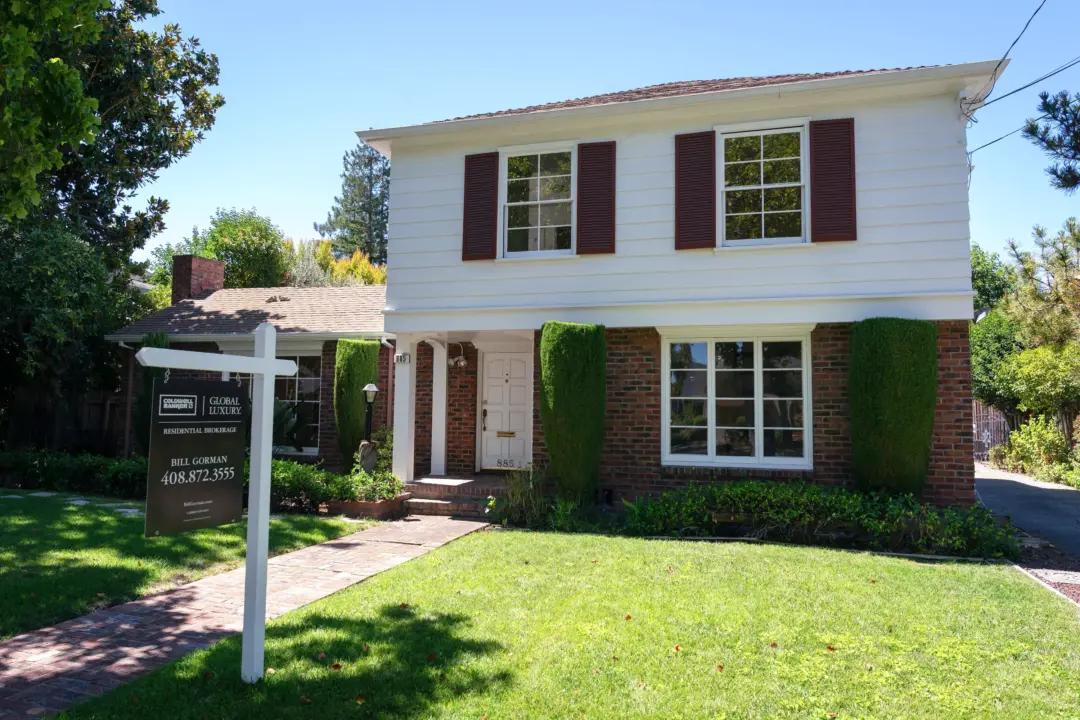The number of permits issued for building homes went down on a monthly and yearly basis in December 2024 as builders grappled with uncertainty in the housing market while mortgage rates remained high.
Building permits issued for residential properties fell by 0.7 percent in December 2024 from November 2024 and were lower year-on-year by 3.1 percent, according to a Jan. 17 statement from the Census Bureau.





